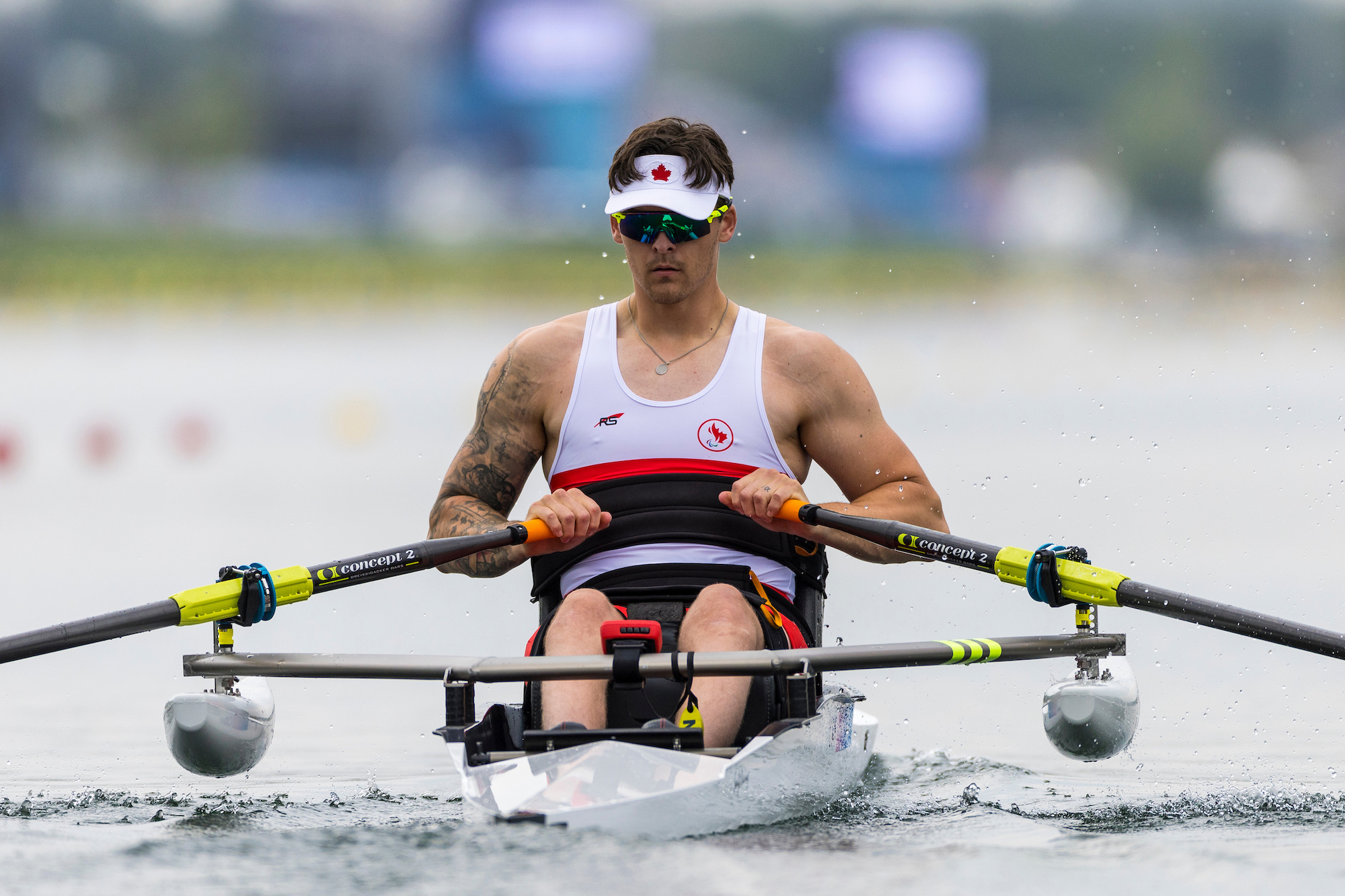
Para rowing
Summer Sports
There are five events in para rowing: men’s single sculls, women’s single sculls, mixed double sculls (PR2 and PR3) and mixed coxed four. There are three impairment classifications in the sport: PR1, rowers with minimal or no trunk function who primarily propel the boat through arm and shoulder function, PR2, rowers that have functional use of arms and trunk but have weakness/absence of leg function to slide the seat, and PR3, rowers with residual function in the legs which allows them to slide the seat. This class also includes athletes with vision impairment.
Rowing competitions are open to athletes with the following impairments: impaired muscle power, athetosis, impaired passive range of movement, hypertonia, limb deficiency, ataxia, and vision impairment. Different types of impairments can be accommodated within the same rowing crew. Races are held over 2,000 metres for all four events.
Para-Rowing has been included at the World Rowing Championships since 2002 and Canada won a gold in 2010 in the PR3Mix4+ (formerly LTAMix4+) event. It was then introduced into the Paralympic program in 2005 and held its first Paralympic events in Beijing in 2008.
The World Rowing Federation (FISA) is the world governing body. Rowing Canada Aviron is the National Sport Federation.
There are three sport classes in para rowing.
PR1: Athletes row with their arms and shoulders only and strapping is used around their mid-section to provide support and stability in the boat.
PR2: Athletes have trunk and arm movement and are unable to use their legs to propel the sliding seat.
PR3: Athletes in this sport class may have a physical or visual impairment. Athletes with a physical impairment have the use of their legs, trunk and arms and can utilize the sliding seat.
"*" indicates required fields